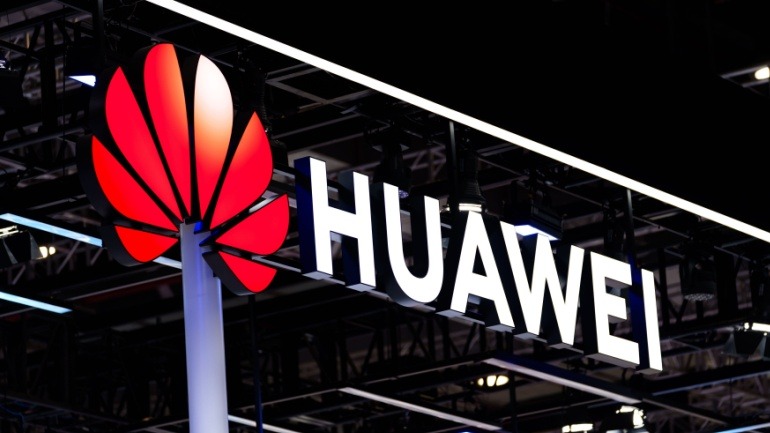2025 marked a transformative era for the Test and Measurement sector, with groundbreaking advancements from orbital data centers to photonic AI satellites. A crucial highlight was Vodafone’s collaboration for 5G SA networks, enhancing telecom with automated software. Emerging markets like AI data centers and satellite communications experienced a notable focus shift.
The telecommunications industry is on the brink of a revolution with the integration of Agentic AI, spearheaded by Huawei. This innovative approach promises to redefine how telcos operate by enhancing efficiency and creating new revenue possibilities. By adopting AI, companies can optimize operations, improve customer experiences, and streamline business processes.
Ericsson is redefining its approach in the private 5G sector, aiming to challenge doubts about its telco legacy in adapting to enterprise needs. By merging dedicated private networks with indoor coverage, Ericsson targets enterprises seeking strong 5G connectivity. Their experience in large-scale deployments ensures innovative, mission-critical solutions for robust wireless communication.
Verizon is embracing change with Dan Schulman taking the reins as CEO, aiming to reshape the company into a customer-centric powerhouse in the competitive wireless industry. With expertise from PayPal and AT&T, Schulman is driving Verizon’s transformation by focusing on cost-cutting, reducing churn, and enhancing customer loyalty.
Vodafone is making waves in the telecommunications world with plans to upgrade their network and boost B2B IT capabilities. These moves promise big changes as SpaceMobile gears up to leverage its value. By focusing on core markets and exploring innovative solutions like branded calling, Vodafone aims to transform connectivity and enhance user experiences.
Telefónica is set to strengthen its partnership with NATO, offering access to its research and development infrastructure. This move includes leveraging resources like The ThinX lab and a cutting-edge quantum communications network, reinforcing Telefónica’s strategic role in secure telecommunications. This strategic alliance aligns with increasing global defence investments and positions Telefónica as a key player in advancing VoIP technology within the defence sector, ultimately enhancing cybersecurity and critical infrastructure protections. However, navigating this partnership involves overcoming compliance challenges and ensuring robust security protocols are maintained, affirming Telefónica’s place in modern telecommunications innovation.
Discover how today’s network infrastructure struggles to support AI’s explosive growth. A Nokia study highlights the urgent need for modernization, as current networks fall short of meeting AI demands. With increased focus on AI-native networks, industries must invest to leverage this AI supercycle and avoid bottlenecks.
Zoom aims to transform from just a meeting platform into a comprehensive work hub through its “Zoom Ahead” campaign. Echoing cultural significance, Zoom expands its appeal by showcasing services beyond video conferencing, including VoIP features that enhance enterprise communication. This strategy underscores Zoom’s ambition and innovation in the competitive collaboration realm.
Virgin Media O2’s billion-dollar deal with Tata Consultancy Services targets a digital transformation through IT outsourcing. By focusing on AI efficiency and hyper-personalization, this collaboration aims to modernize VoIP systems, enhancing service delivery and market capabilities. This move mirrors the strengthening of UK-India trade relations in telecommunications, emphasizing technological growth and innovation.
The UK government’s Barrier Busting Task Force aims to address increasing demand for high-speed internet by removing obstacles in deploying Gigabit upgrades in multi-dwelling units. This initiative, in collaboration with organizations like CityFibre and the Internet Service Providers’ Association, focuses on enhancing VoIP connectivity across the UK while simplifying access rights legislation.













